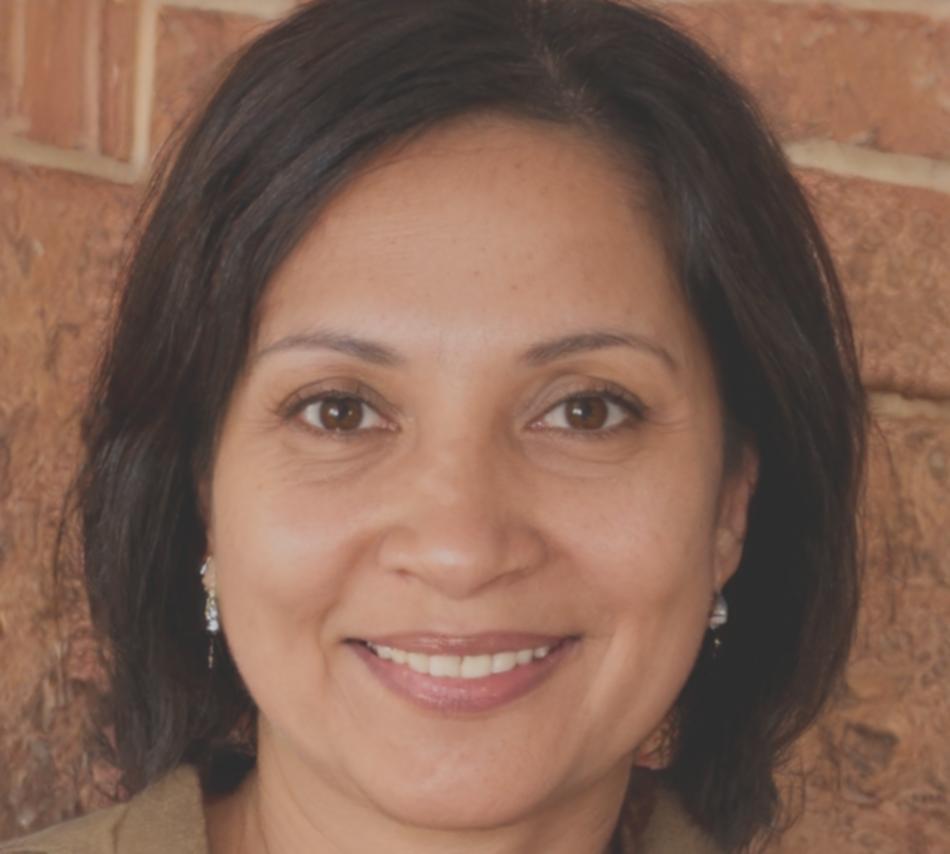Where Pizza Becomes Art on a Plate
Most people think plating is just about making food look pretty. But that's only half the story. Our program teaches you how presentation changes the entire eating experience—from the first glance to the final bite.
Start Your Journey
Why We Focus on the Details
Here's something we learned over years of working with students: anyone can follow a recipe. The real difference shows up in how you present what you've made.
Think about the last time you saw a dish that made you pause before taking that first bite. The colors, the arrangement, maybe a garnish placed just so. That moment of anticipation? That's what we teach.
Our approach isn't about following rigid rules or copying restaurant trends. We want you to understand why certain combinations work, how colors and textures interact, and what makes people actually want to eat what you've created. Because presentation skills transfer—whether you're plating pizza, pasta, or something completely different.
And honestly? Once you start seeing food this way, you can't unsee it. Every plate becomes an opportunity.
How We Actually Teach This
Forget passive lectures and theory-heavy sessions. You'll be working with real ingredients, real plates, and real feedback from day one.
Hands-On Practice
Every session includes actual plating work. You'll make mistakes, try again, and gradually develop an eye for what works. We provide all materials and ingredients—you bring your willingness to experiment.
Small Group Sessions
We cap groups at eight people. This isn't negotiable. With more students, individual feedback suffers, and you end up watching instead of doing. Smaller groups mean you get real attention when you need it.
Progressive Challenges
Start with basic principles—color contrast, height, balance. Then move into more complex compositions. By week six, you'll be tackling presentations that would have seemed impossible at the start.
Core Skills You'll Develop
Visual Composition
Learning to arrange elements so the eye naturally moves across the plate. Understanding negative space, focal points, and how different shapes interact with each other.
Color Theory Application
Knowing which colors enhance each other and which combinations fall flat. This goes beyond matching—it's about creating visual interest that makes people hungry.
Texture Contrast
Combining smooth, crispy, rough, and delicate elements in ways that work both visually and texturally. The goal is making the plate interesting from every angle.
Speed and Efficiency
Beautiful plating means nothing if it takes twenty minutes per dish. You'll learn techniques that look impressive but don't slow down service or home cooking.
Who You'll Learn From
Our instructors have spent years in professional kitchens, catering operations, and food photography. They've seen what works in real-world conditions—not just what looks good in theory.

Henrik Torvalds
Worked in high-volume restaurants for twelve years before switching to education. Specializes in efficient plating techniques.

Saskia Mertens
Background in food styling and photography. Teaches the visual principles that make dishes camera-ready and appetite-appealing.

Callum Brennan
Former catering manager who's plated thousands of events. Knows how to create impressive presentations under pressure.

Liesel Vogel
Combines traditional plating with modern minimalist approaches. Helps students find their own visual style rather than copying trends.
What to Expect When You Join
The program runs for eight weeks starting October 2025, with sessions every Tuesday and Thursday evening from 6:30 to 9:00 PM. Each class combines demonstration, practice time, and group critique.
You don't need prior culinary experience. Some students come from restaurant backgrounds, others are home cooks who want to improve their skills. The mix actually makes classes more interesting—different perspectives lead to better discussions.
- Week 1-2: Foundation principles and basic techniques
- Week 3-4: Advanced composition and color work
- Week 5-6: Speed plating and efficiency methods
- Week 7-8: Personal style development and final projects
Classes happen at our location in Place Rosemère. Parking is straightforward, and the food court setting means you can grab something before or after class if you're coming straight from work.
